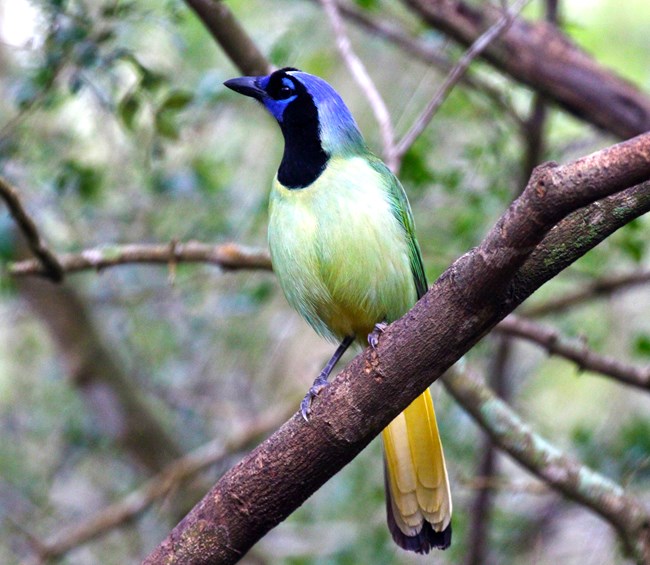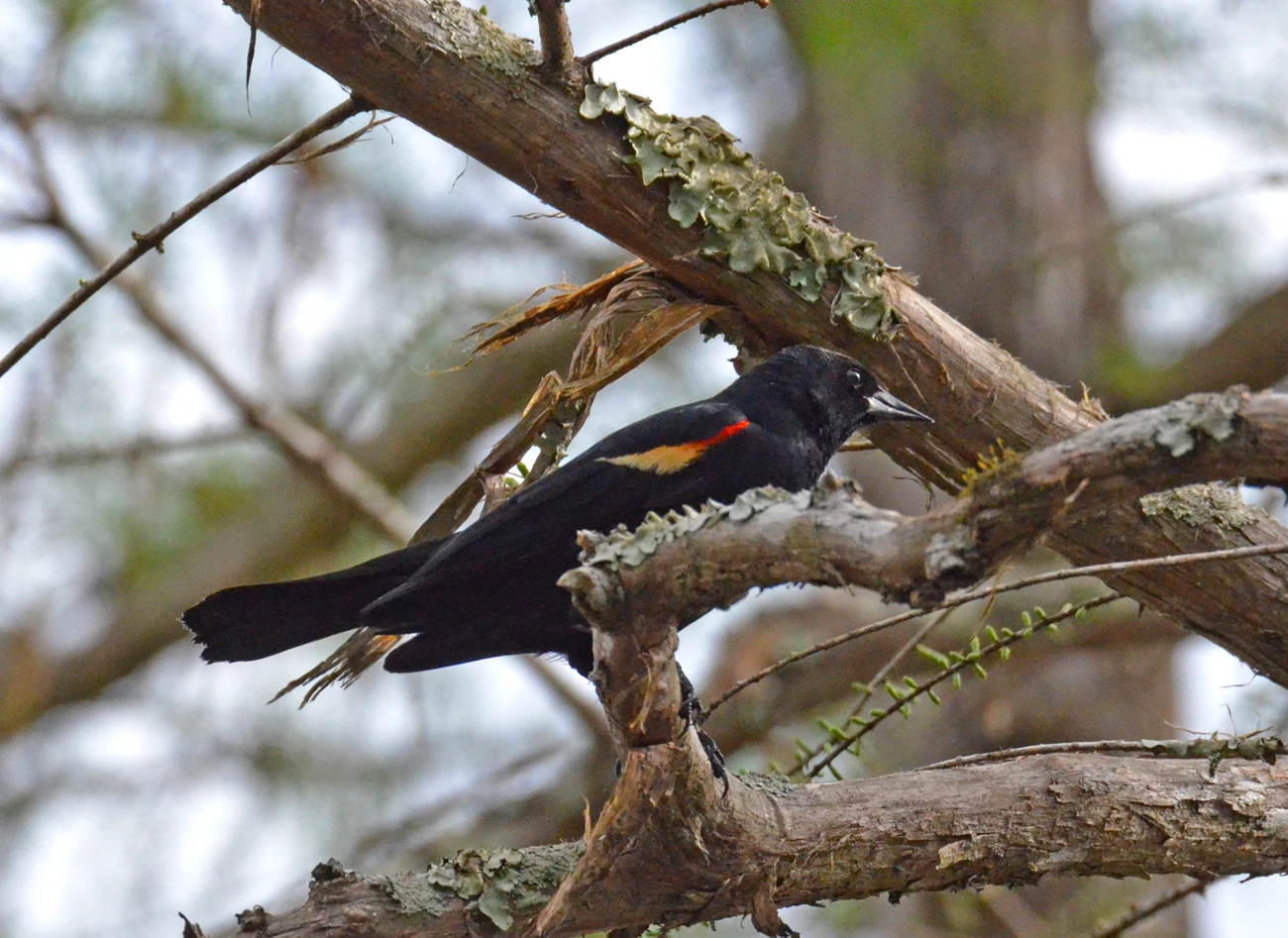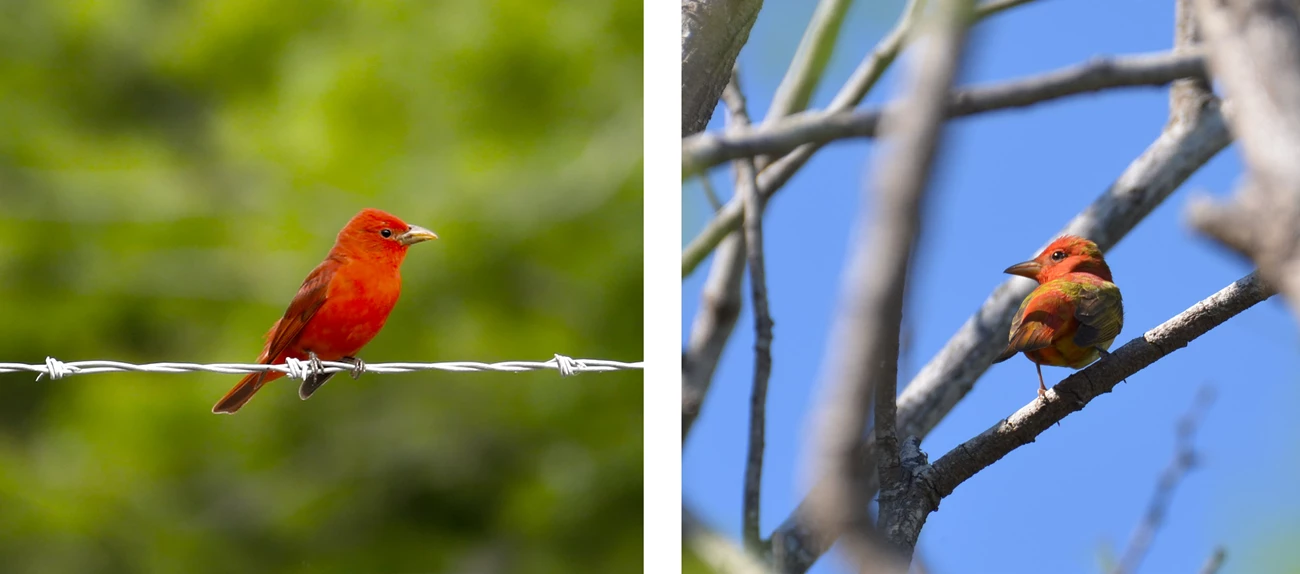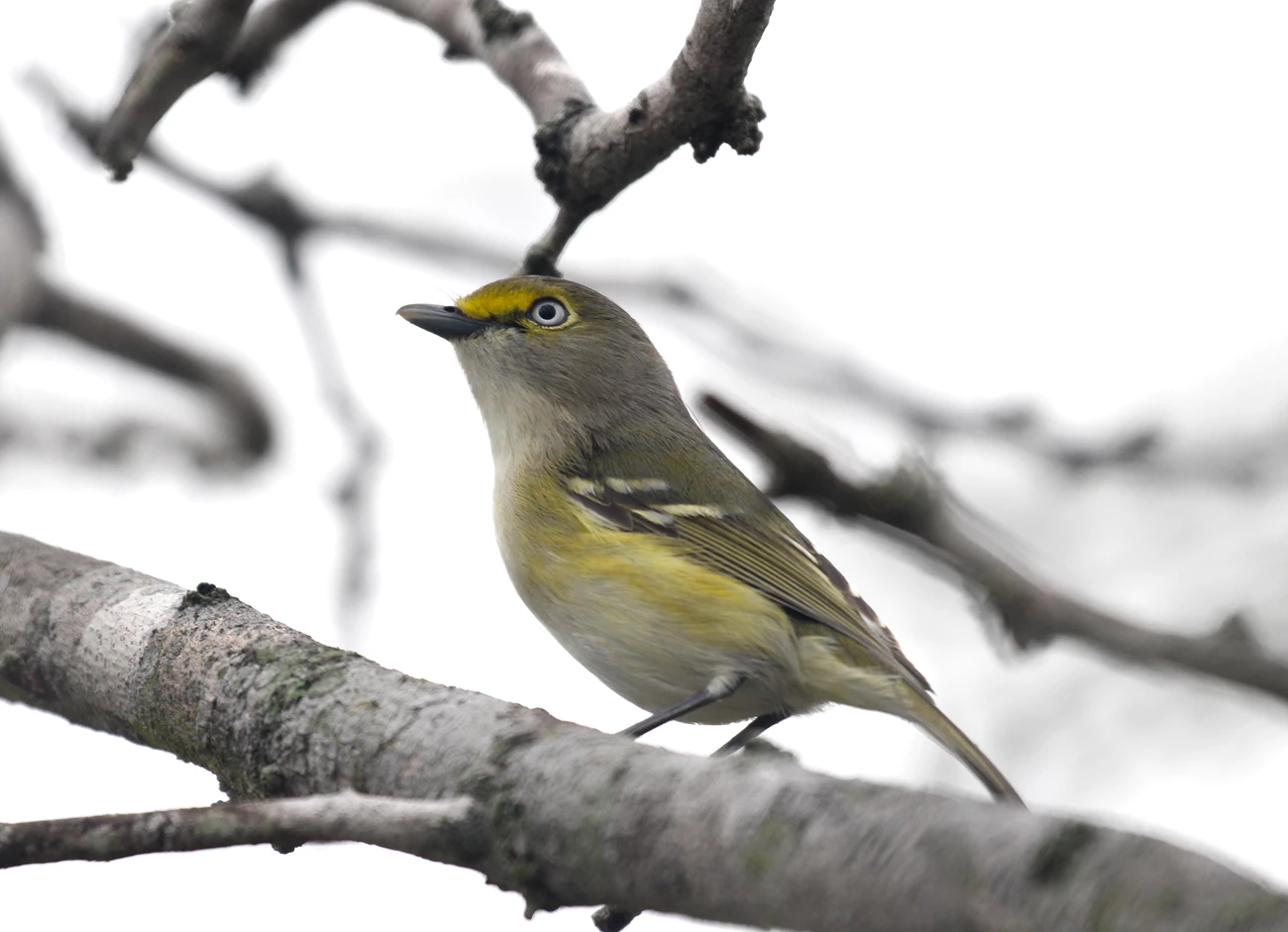
NPS/Billy Finney
The Gulf Coast is a major flyway, breeding area, and over-wintering area for many North American birds. This high avian diversity is an important attraction for visitors to the region's national parks.
The main reasons for monitoring landbirds in Gulf Coast Network parks are:
- Many species found in the parks are protected by the Endangered Species Act (1973) and the Migratory Bird Treaty Act .
- Some landbird species are specifically identified in the management objectives of the parks.
- Landbirds are considered to be indicators of broader change because they respond quickly to changes in natural resource conditions.
- Similar regional and national datasets of landbird populations exist for areas adjacent to the parks.
The background, rationale and procedures for breeding landbird monitoring by the network are described in a protocol narrative and 7 standard operating procedure (SOP) documents. The protocol is titled "Monitoring Breeding Landbirds in National Parks of the Gulf Coast Network." It was published in the NPS Natural Resource Report Series in late 2018, and it is available to the public through the links posted further below.
A summary of the vital sign and monitoring approach can be found in the 2-page brief: Breeding Landbird Monitoring Program Summary.
The network's approach to monitoring breeding landbirds focuses on a subset of the bird species that use Gulf Coast Network parks. To learn about all of the bird species in network parks, see our park-specific inventory reports and species lists for birds.
Source: NPS DataStore Saved Search 3497. To search for additional information, visit the NPS DataStore.
Source: NPS DataStore Saved Search 1239. To search for additional information, visit the NPS DataStore.

Photo by Chris Adams

left photo credit: Billy Finney/NPS; right photo credit: Chris Adams

Billy Finney/NPS
Last updated: November 10, 2023
